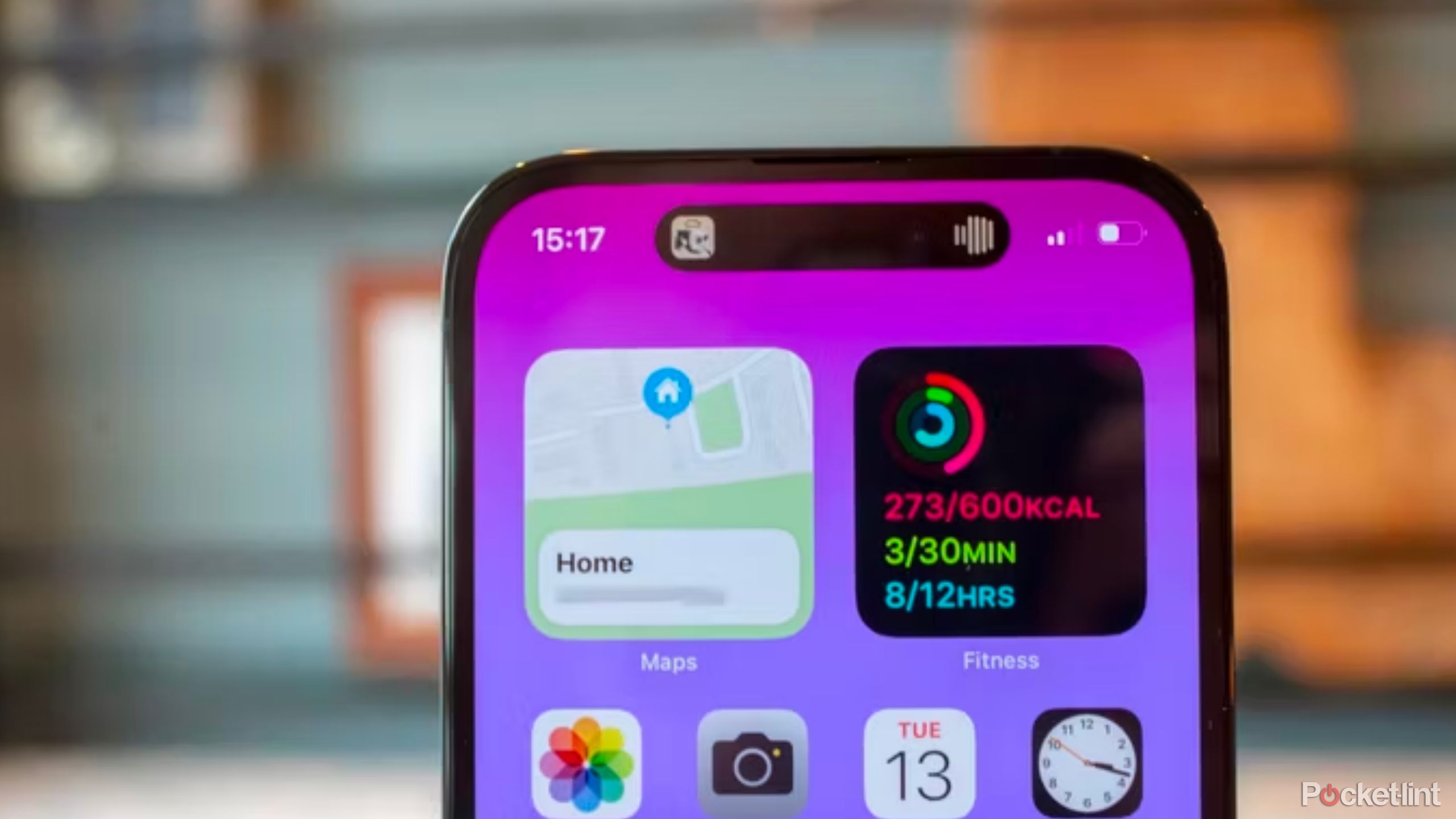Key Takeaways
- Apple’s rumored flip-style foldable iPhone needs a clear purpose for its outer display to make it valuable and different from a regular phone.
- A foldable iPhone should offer a battery life that matches the performance of the current iPhone lineup to make it appealing to users.
- The price of a foldable iPhone should be reasonable and competitive with other foldable devices on the market to justify its value to consumers.
Without a doubt, the biggest innovation to hit the world of smartphones in the past few years is foldable phones. As is usually the case with any experimental, new phone features, Apple is undoubtedly getting closer to releasing its own spin on a foldable phone. At least, that’s what the latest report from The Information claims.
In the years since Samsung released its first Z Fold, rumors and speculation have swirled about Apple releasing a foldable phone, and what exactly that might look like. It’s an exciting idea, but not one I’m entirely sold on. Before going all in on a foldable iPhone, there are four things I’ll need Apple to improve within the realm of foldable, before I hand over my money.
A purpose for the outer display
Currently, it is rumored that Apple’s focus is on developing a flip-style foldable, akin to the Samsung Z Flip or Motorola Razr. Both phones are much closer to the “normal” smartphone experience than something like a Samsung Galaxy Fold, and much more reasonable in price.
I’ll need the outer display to be able to do more than I can with an Apple Watch for this to play out well in practice.
However, one issue that has constantly faced this class of foldables is what exactly the purpose of the outer display is. While some foldables, such as the Z Fold 5 or Pixel Fold and open like a book, have an outer display more akin to the size of your average smartphone, and have a clear purpose. The tiny screens on flip-style foldables don’t really have the clearest reason for existing. Worse yet, that lack of purpose makes the whole thing feel less valuable to begin with. Why own a folding phone if it only opens to be a regular phone?
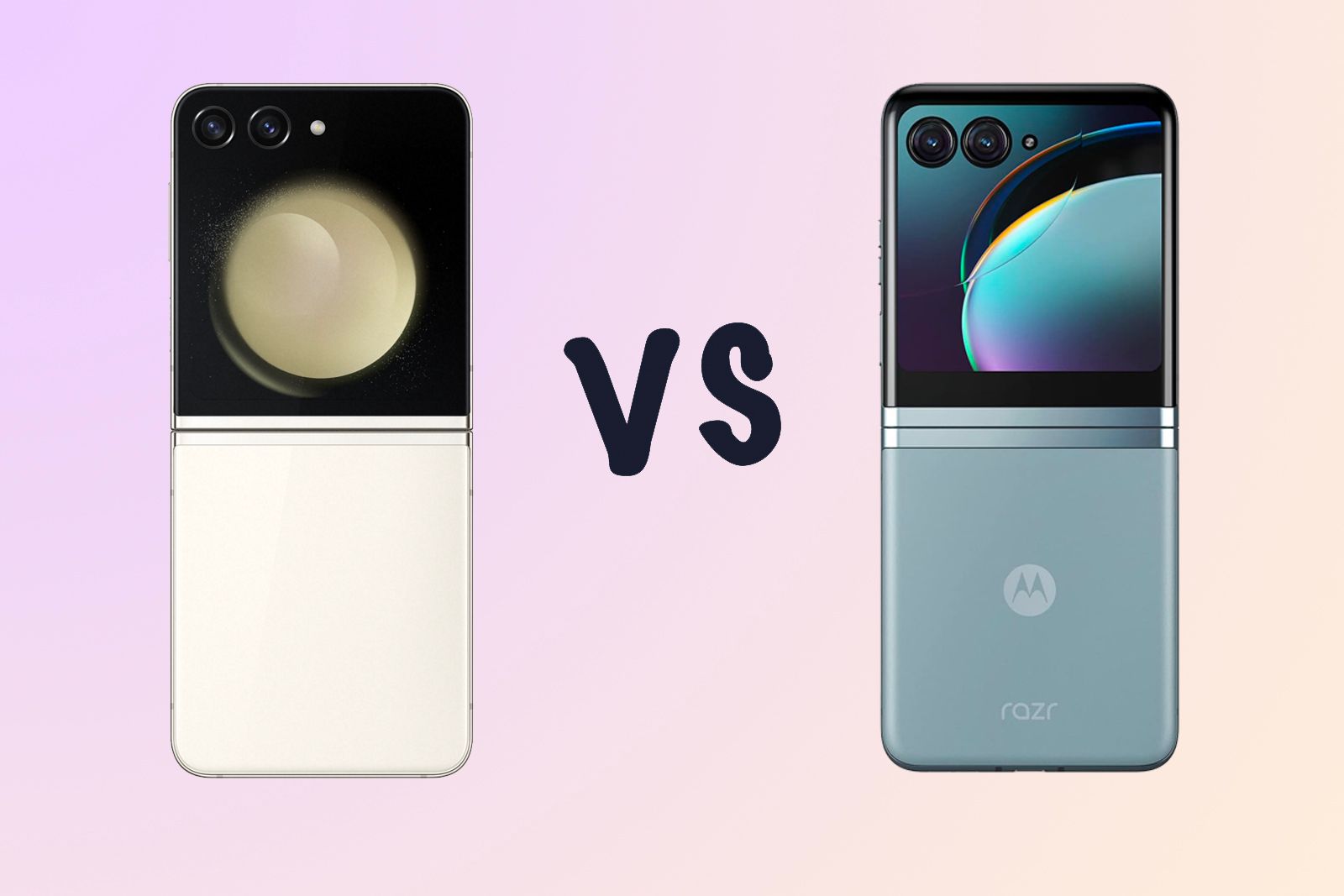
Samsung Galaxy Z Flip 5 vs Motorola Razr+ (Razr 40 Ultra): What’s the difference?
Samsung is back with another version of its pocketable Galaxy Z Flip that will battle the Motorola Razr+ (Razr 40 Ultra). Here’s how they compare.
In all fairness, Samsung has greatly improved the outer screen in the Z Flip lineup. In the generations between the original Z Flip and the Z Flip 5, the outer display has gone from a nifty novelty to actually having great functionality. Even just going from the Z Flip 4 to the Z Flip 5, Samsung almost doubled the screen real estate of the outer display.
Rather than a gimmick, it needs a specific foldable intention
However, I’m still not entirely sold on the outer display beyond the nostalgic appeal and quaint familiarity. If Apple only plans to dip into a flip-style foldable for its first folding phone, the biggest thing I’ll need is an actual reason to open my phone less, but I’ll need the outer display to be able to do more than I can with an Apple Watch for this to play out well in practice.
A relatively improved battery life
The battery life in the iPhone lineup is ludicrous. It’s consistently one of the best features of having an iPhone. Consequently, giving up a significant amount of that battery life would make the potential jump to a foldable iPhone extremely unappealing. If the potential foldable iPhone keeps up with the great battery life that the rest of the lineup is known for, it would make the phone very attractive.
Understandably, there’s only so much that can be done about this issue to begin with. Phones are only so big, and there’s less room to work within a clamshell-style folding phone. But, if anyone can figure out how to increase battery life on a different form factor, it’s Apple. Ultimately, when paying for a likely more expensive iPhone, I’m reticent to give up any features or perks, such as stellar battery life. Especially if the trade-off doesn’t come with a good hook.
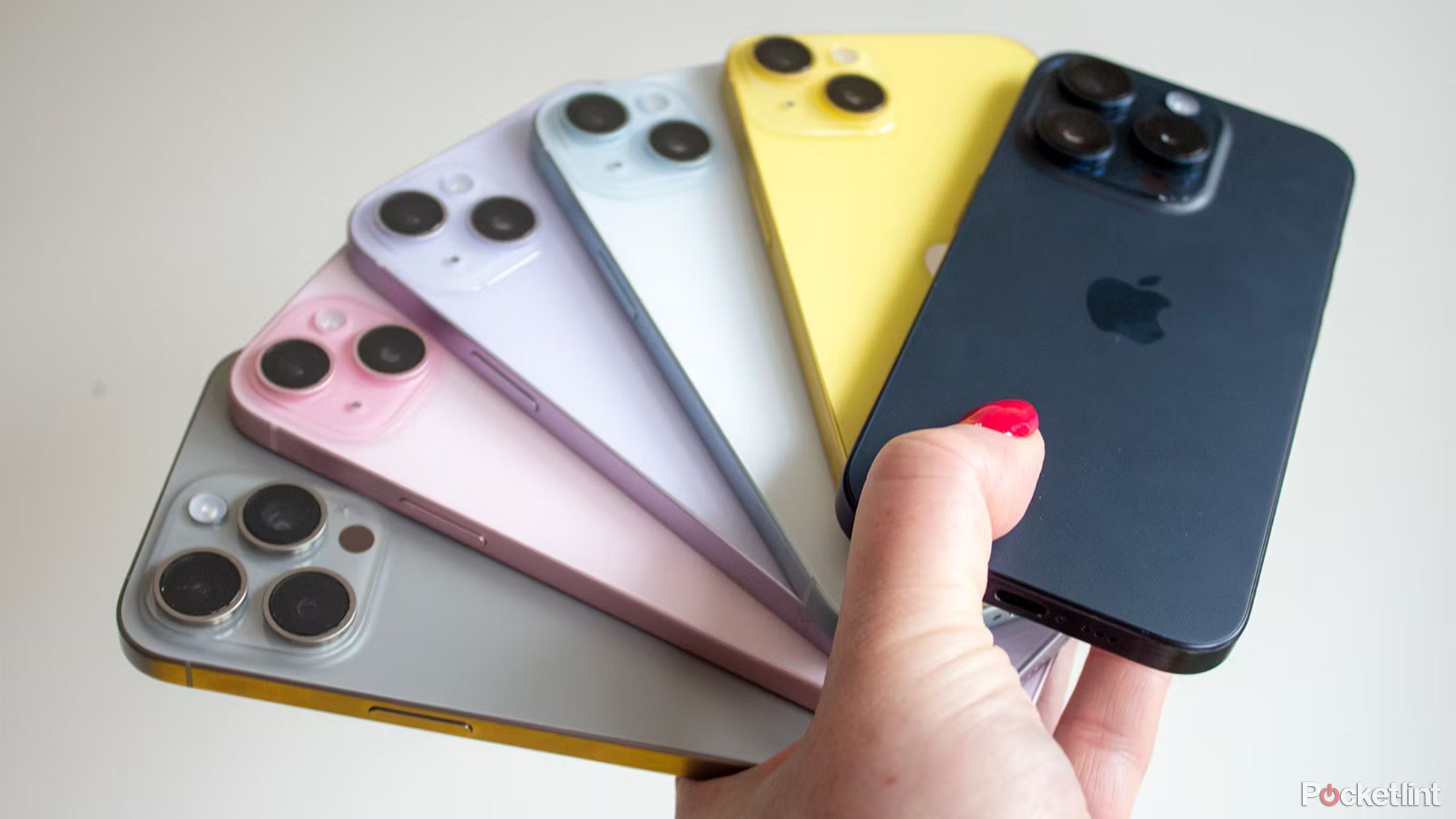 A more reasonable price tag
A more reasonable price tag
In 2017, Apple announced and began selling the iPhone X. The iPhone X was a huge step-up and overhaul for the iPhone lineup, and it was a generally well-received phone. It was also $1,000. That may not seem too extreme nowadays, but many balked at the price at the time. Much like the removal of the headphone jack from the iPhone 7, the outrage fizzled and people still bought the new iPhone. Within years, $1,000 became a mostly normal price tag to see on flagship devices.
For the price tag of a foldable iPhone to be reasonable, the price will either have to hover around $1,000, or Apple will have to release a foldable that completely justifies anything higher.
As it stands right now, $1,000 is the norm for flip-style foldables. Both the Samsung Z Flip and Motorola Razr+ retail at that price, for example. When Apple makes a foldable iPhone, there’s little doubt that their foldable will be a little pricier. That’s the Apple way, after all. However, too big of a price jump would be sad to see for many reasons. Other than the immediate hesitation about paying more, Apple’s competitors are likely to raise prices as well. We saw the same thing happen when Samsung raised the prices of its flagship phones to make more even with the iPhone.
A reasonable price-point or premium feature pricing?
Things only get worse when considering if Apple is to ever enter the tablet-style foldable market. The Pixel Fold and the Z Fold 5 both retail at $1,800. It’s not unreasonable to think that Apple would enter that range at $2,000 or higher. The problem is, especially with a clamshell-style foldable, if I’m going to pay a higher price than the cost of an iPhone Pro, I don’t want to potentially give up any of the features of that device. For the price tag of a foldable iPhone to be reasonable, the price will either have to hover around $1,000, or Apple will have to release a foldable that completely justifies anything higher.
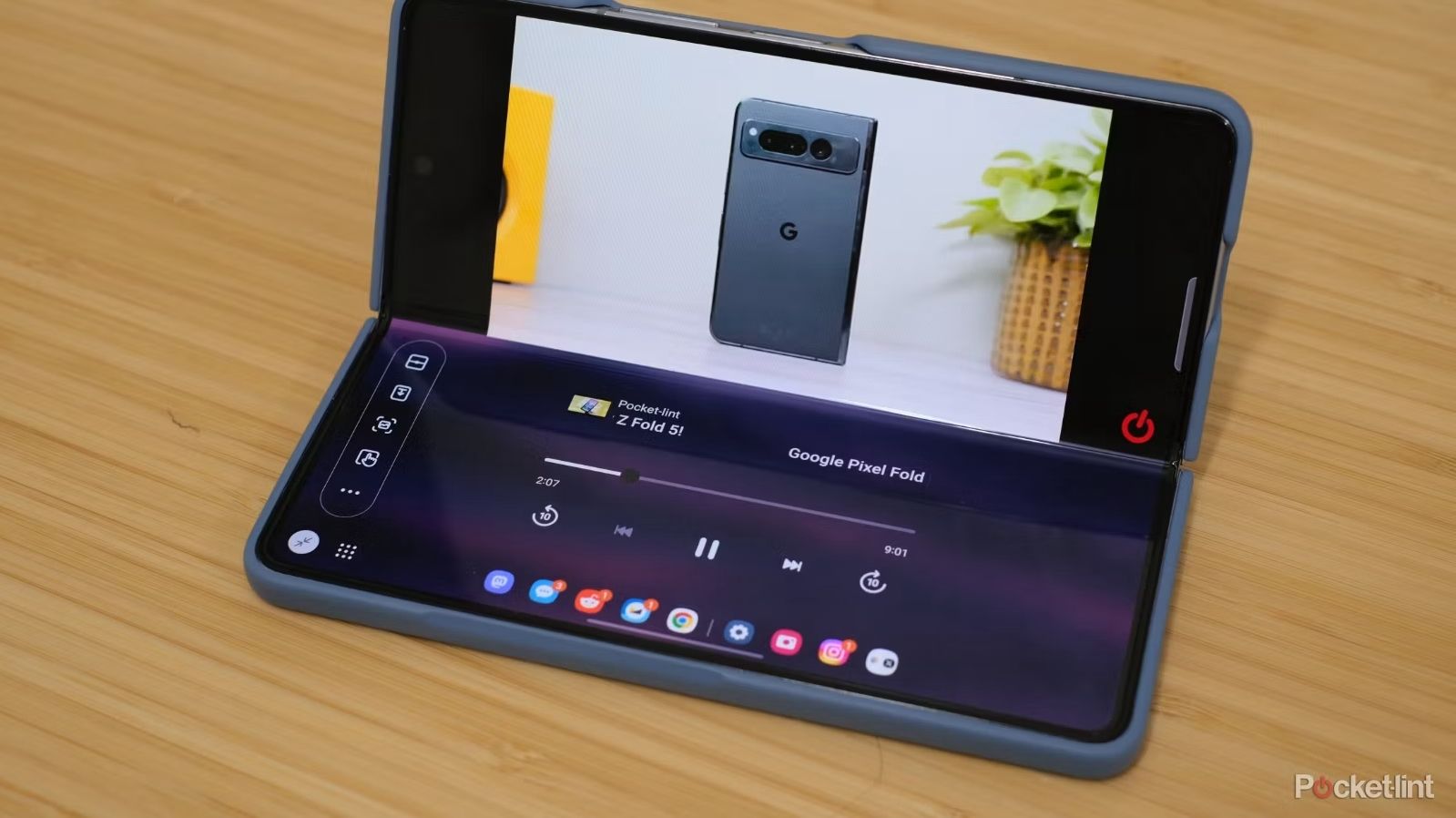 An option for an iPhone-iPad hybrid
An option for an iPhone-iPad hybrid
Aside from the rumors of Apple’s flip-style foldable being in development, there are also many rumors about Apple developing folding iPads that may even hit the market before a folding iPhone. Unfortunately, most of these rumors don’t indicate that there will be a folding phone to compliment the iPhone and iPad lineups — and that’s a shame.
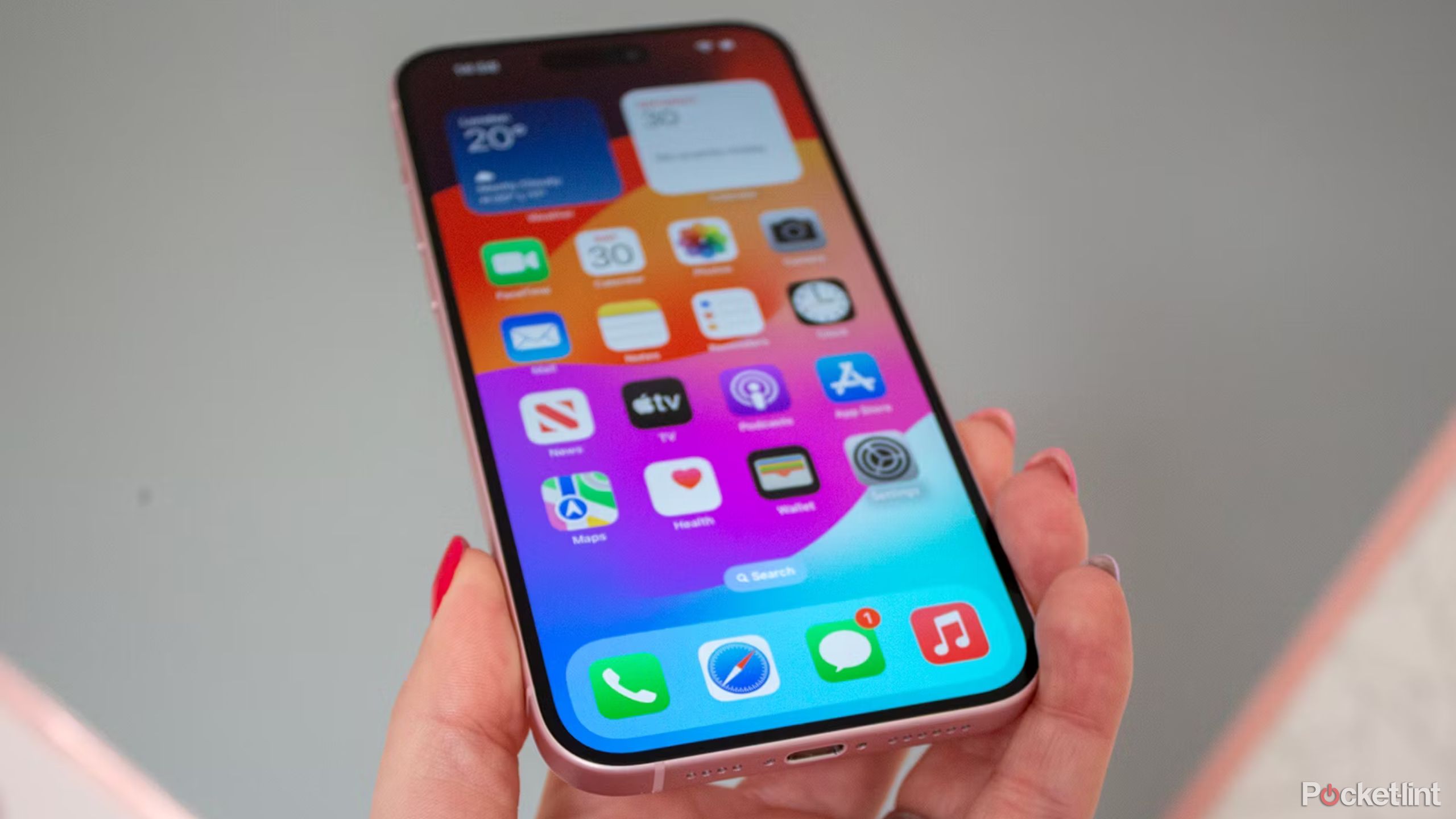
Too many Safari tabs open on your iPhone? Close them all with this trick
Admit it — you have too many Safari tabs open right now. Well, iOS can automatically clear the clutter for you. Here’s how.
Apple already has one of the best smaller tablets on the market in the form of the iPad Mini, and any form of a foldable iPad Mini that transforms into an iPhone (and vice versa) would be a truly special product. While a clamshell-style iPhone could be a great test for Apple in the foldable market, the potential combo of an iPhone and iPad seems much more appealing overall.
No matter what, I’ll at least be interested in seeing the foldable iPhone. Anytime a company is trying something new with its lineup, it’s hard not to be interested in what they’re doing — especially when that company is Apple. However, I can’t help but feel disappointed that a book-style foldable isn’t in the cards for the future of the iPhone right now.
Trending Products

